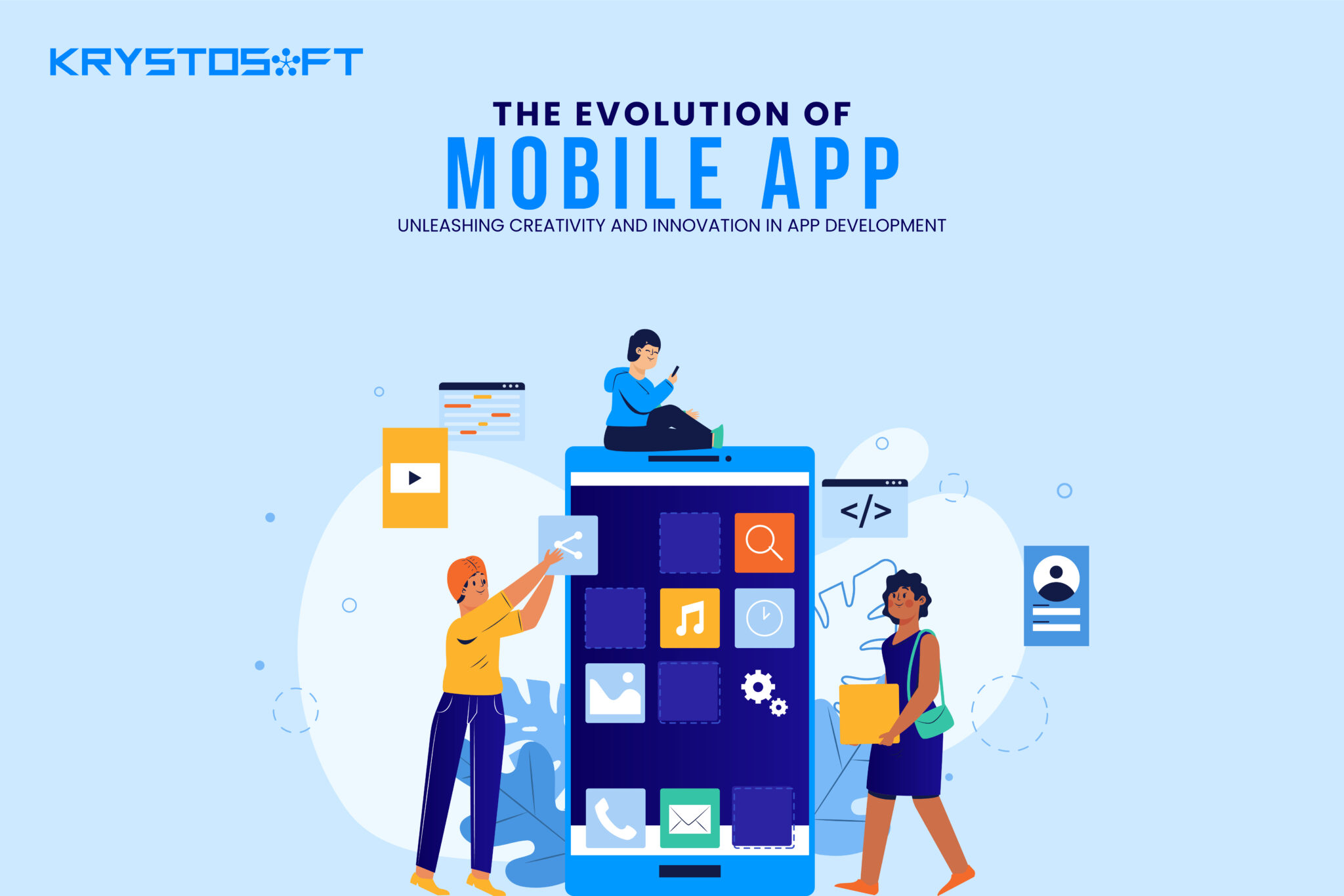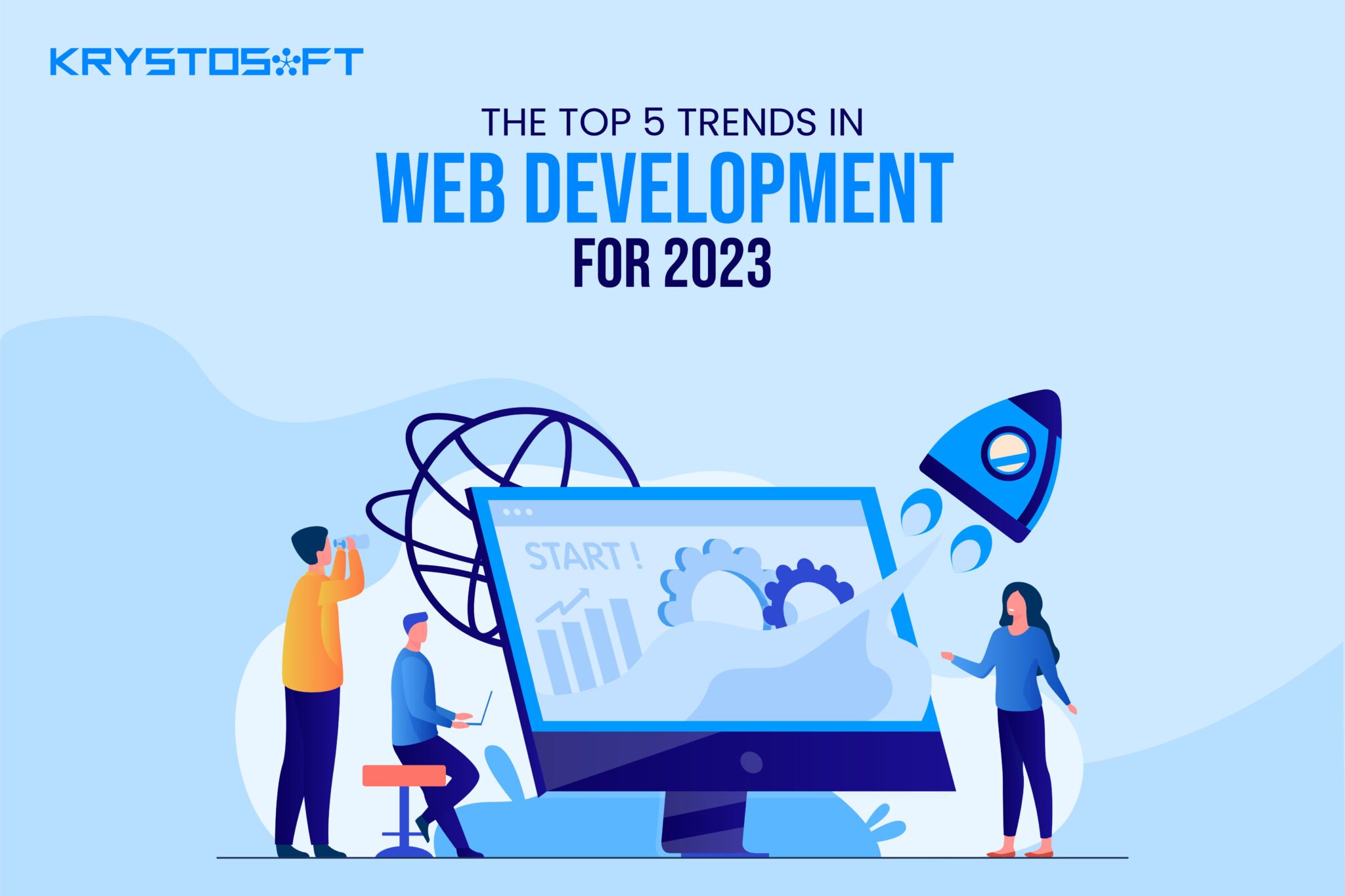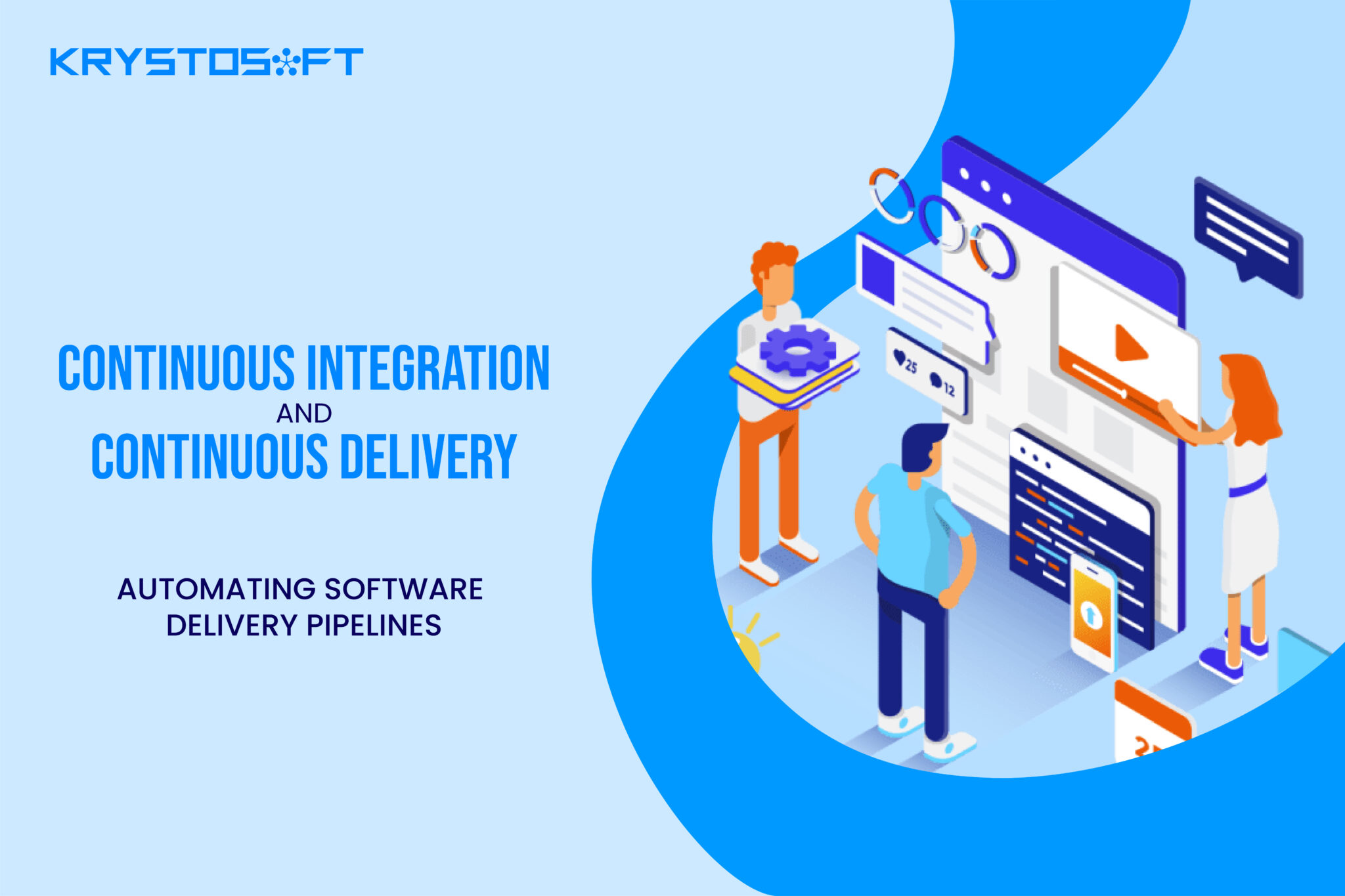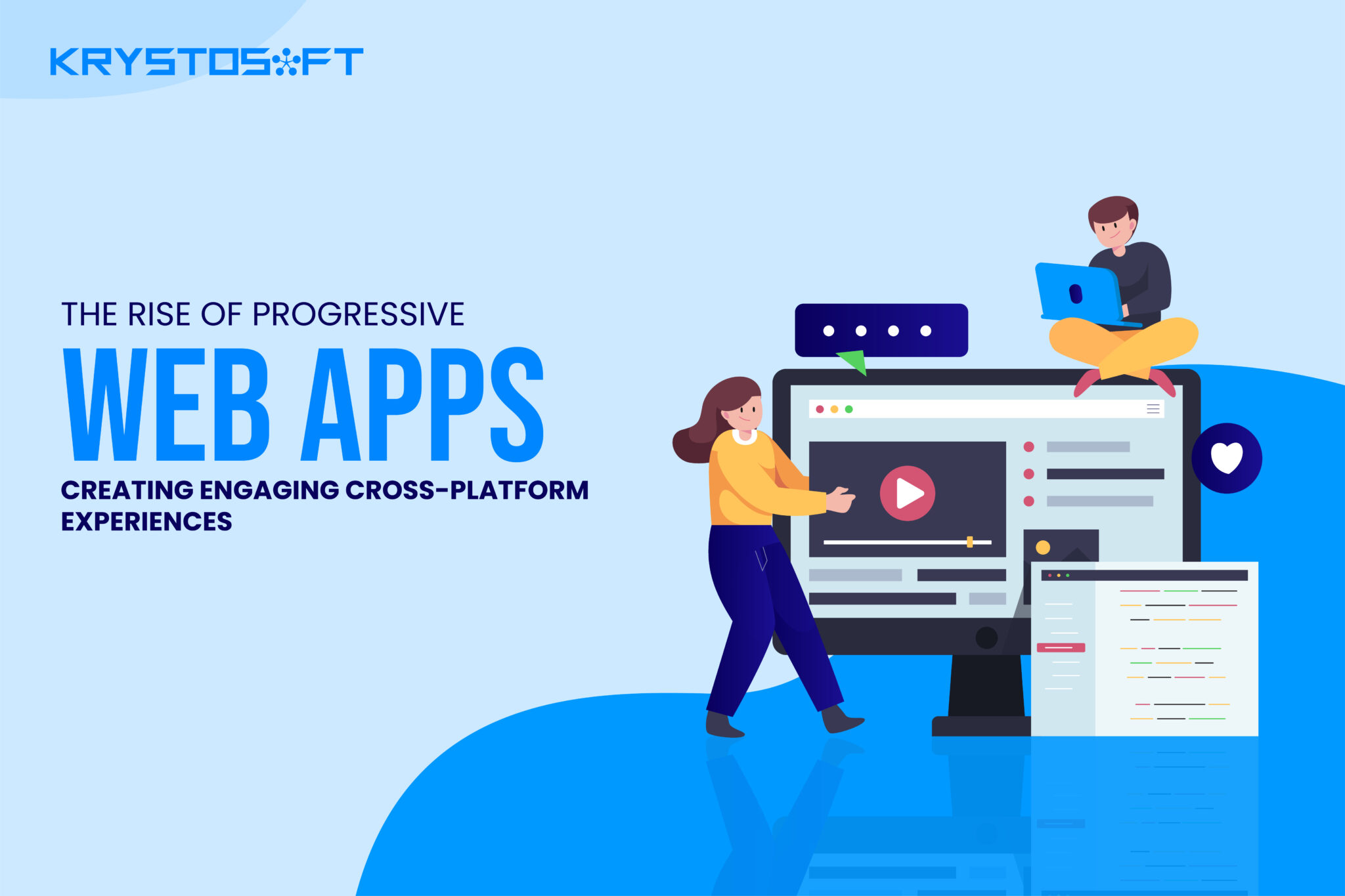Welcome to the fascinating world of creating mobile apps! Mobile applications have completely changed the way we live, work, and play, from their early days to today’s cutting-edge developments. In this blog, we go on an interesting tour through the development of mobile applications, looking at the newest trends and learning about the best practices that make them successful. So fasten your seatbelts because we’re going to explore the infinitely creative world of mobile applications!
The Pioneering Days: Simple Utilities That Changed Everything
Imagine a period before smartphones, when Nokia devices’ simple “Snake” game dominated the gaming industry. Even though the app was easy, it served as the catalyst for the rise of mobile gaming
Example: Today, millions of people across the world are enthralled by highly addictive games like “Candy Crush Saga” and “Pokémon GO,” which have taken over app stores. These games serve as examples of how captivating narratives and cutting-edge gameplay mechanics may transform the gaming industry.
The Rise of User Experience: Designing for Delight
Imagine an app UI that is clustered and makes it difficult to find what you need. That’s annoying, right? Then, though, came applications like Instagram, whose slick, user-friendly design revolutionized the user experience.
Example: User-friendly applications like Airbnb and Uber have become more popular as a result of the growth of user-centered design concepts. These applications offer smooth interactions, clear navigation, and customized experiences that tempt users to use them again and again.
Social Media Integration: Connecting the World
Remember when you had to use a different social network app to share updates and pictures? But social features have now been included in platforms like Facebook and Instagram, making sharing and connecting simple.
An excellent example of social media integration is TikTok, which enables users to quickly produce and share video clips. It has spread throughout the world and demonstrated the value of social interaction within apps and how it affects user engagement.
Location-based Services: Apps That Know Where You Are
Imagine yourself wandering in a new city without a map or directions. But then came programs like Google Maps, revolutionizing how we use the GPS capabilities of our smartphones to travel and find new areas.
As an example, Uber and Lyft used location-based services to upend the taxi sector. Users may request a trip and follow their driver’s whereabouts with only a few taps, making for a simple and practical transportation experience.
Artificial Intelligence (AI) Integration: Apps That Think and Learn
Imagine a mobile application that learns your interests and makes tailored content recommendations. In fact, AI-powered applications like Spotify and Netflix do precisely that by analyzing user data and providing customized suggestions.
Example: The language-learning program Duolingo employs AI algorithms to tailor language courses based on individual learning styles, improving the effectiveness and engagement of the learning process.
Augmented Reality (AR) and Virtual Reality (VR): Immersive Experiences
Imagine using your phone to explore other worlds or virtually try on clothing. Our mobile experiences have been altered by AR and VR thanks to apps like Snapchat and Pokémon GO, which have merged the virtual and real worlds.
IKEA Place, for instance, enables customers to digitally arrange furniture in their homes to get a close-up view before making a purchase. This creative application of AR technology improves the shopping experience and gives customers the ability to decide on their own.
Progressive Web Apps (PWAs): The Future of Mobile Apps
Consider the possibility of utilizing an app without needing to download it. That is the beauty of Progressive online Apps (PWAs), which create quick and interesting user experiences
To create compelling and profitable mobile apps, developers must keep up with the most recent developments and apply best practices. Let’s explore the trends influencing the market and the best practices that result in excellent app development as we examine the evolution of mobile applications from a development-focused viewpoint.
User-Centric Design:
Trend: User experience (UX) has taken the place of the app’s core functionality, with a focus on user-friendly interfaces and smooth interactions.
Good practices: to ensure a fun and user-friendly app experience, do in-depth user research, develop wireframes and prototypes, use responsive design principles, and give priority to accessibility.
Cross-Platform Development:
Cross-platform development has become increasingly popular as a result of the spread of numerous operating systems and device types, allowing developers to create programs that can operate across many platforms using common codebases.
Exemplary practices: to achieve the best performance and consistency, use frameworks like React Native, Flutter, or Xamarin, adhere to platform-specific requirements, make use of reusable components, and carry out extensive testing across target platforms.
Cloud Integration:
Trend: Scalable storage, real-time data synchronization, and improved collaboration made it possible for cloud computing to completely transform the creation of mobile apps.
Exemplary practices: integrate cloud services for data storage, make use of cloud-based backend-as-a-service (BaaS) platforms for easy scaling, guarantee data security, and boost app performance by shifting computing workloads to the cloud.
Microservices Architecture:
Trend: By segmenting complicated and high-performance programs into smaller, independent services, modular and scalable architectures, such as microservices, have grown in popularity.
Best Practises: create apps with loosely coupled services, use container technologies like Docker, use API gateways for quick service-to-service communication, and have good monitoring and management practices in place.
Data Privacy and Security:
App developers must prioritize security measures to safeguard user data from breaches and unauthorized access in light of the trend toward increased data privacy concerns.
Exemplary practices: implementing encryption for data transfer and storage, adhering to best practices for user authentication and authorization, performing routine security audits, and following pertinent data protection laws like GDPR or CCPA are all necessary.
Artificial Intelligence and Machine Learning:
Mobile apps are changing thanks to AI and ML technologies, which enable personalized user experiences, intelligent automation, and predictive analytics.
Exemplary practices: use AI frameworks and libraries such as TensorFlow and PyTorch, pre-trained models, or create pre-trained models for certain app functionality. Ensure the integrity of the data and the ethical application of AI.
App Performance Optimization:
Performance optimization has become a vital component of app development due to the trend that users desire apps that are quick and responsive.
Best practices: code optimization and profiling, reducing network requests, media file compression, implementation of caching mechanisms, utilizing lazy loading strategies, and making use of performance monitoring tools to locate and fix bottlenecks are all recommended.
Mobile app development has been nothing short of amazing, with each stage delivering fresh opportunities, inventions, and user experiences. Mobile apps have revolutionized the way we engage with technology and the outside world, ranging from easy utilities to fully immersive AR and VR applications. The trends and best practices we looked at in this blog post show the ongoing pursuit of originality and creativity in app development.
As demonstrated by several scenarios and examples, mobile app developers have pushed the boundaries, taken use of cutting-edge technology, and placed a premium on user-centric design to produce engaging, natural, and tailored experiences. These applications have integrated seamlessly into our daily lives, including location-based services, AI-powered suggestions, and social network integration.
App developers must continue to embrace the creative spirit, be responsive to shifting user demands, and keep on top of cutting-edge technology in this always-changing environment by encouraging a culture of invention, interaction, and user-centered design.
The industry of mobile app development is constantly changing due to new technology, user demands, and market trends. Developers may design applications that not only satisfy users’ demands but also stand out in a crowded market by keeping up with the most recent trends and putting best practices to use. By adopting these trends and following best practices, developers will be able to create outstanding mobile applications that have a lasting impact on consumers. These trends range from user-centric design to cross-platform development, cloud integration to data protection, and AI to performance optimization. So as you start the thrilling path of developing mobile apps, embrace evolution, explore new tools and technologies, and let your creativity fly!





